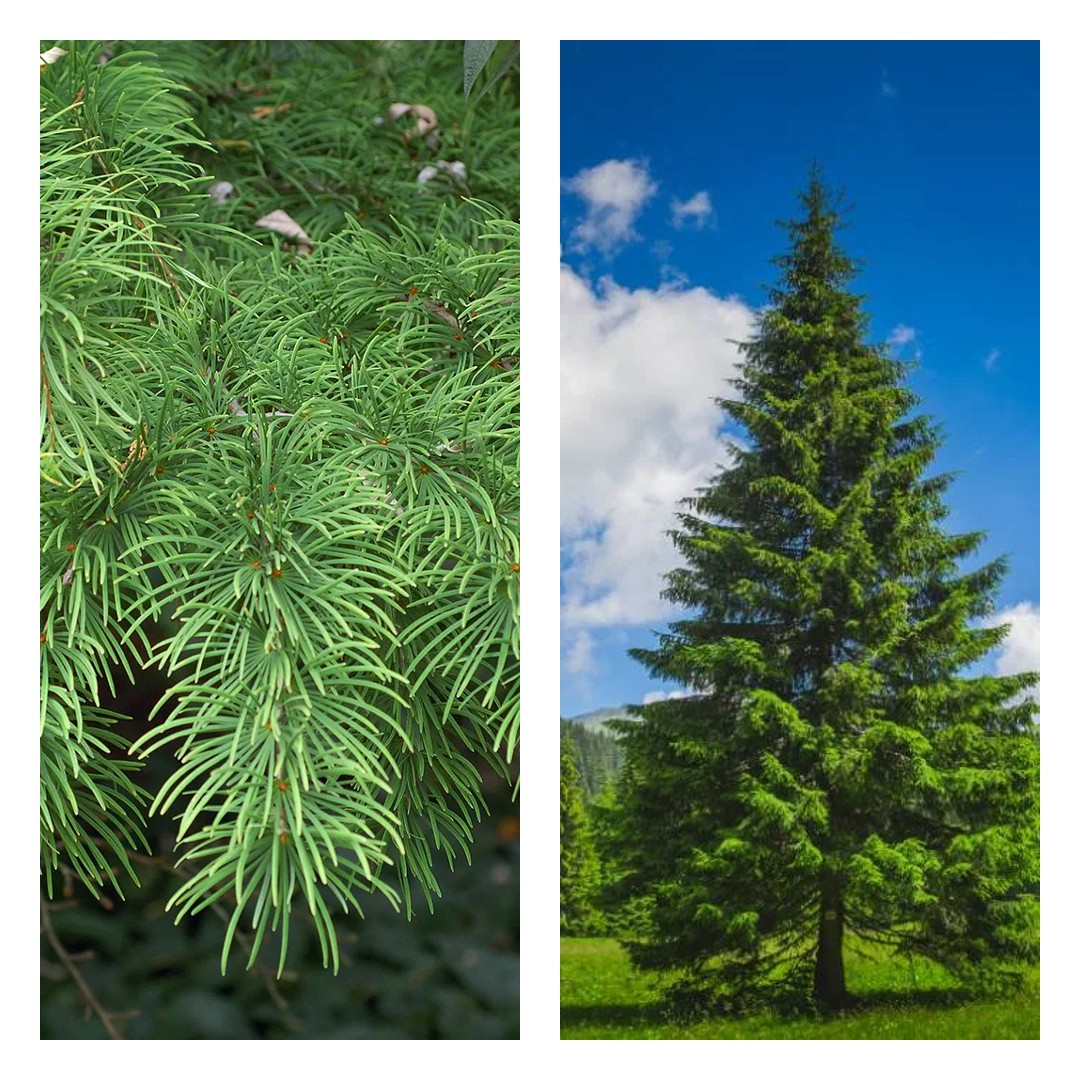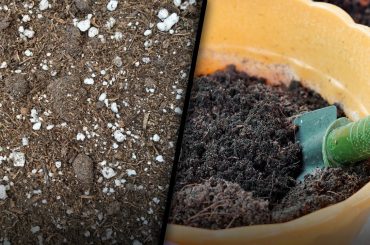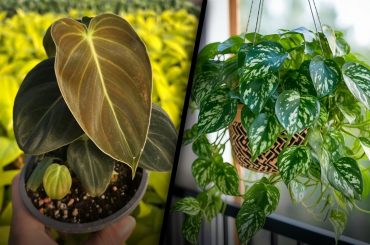Key Points
Which is better, larch or pine? There are a lot of similarities between larch trees (trees in the Larix genus) and pine trees (trees in the Pinus genus)! They are both conifers that produce needles and cones, can grow to staggering heights and live to be very old, and are commonly found in northern parts of the United States.
Larch trees and pine trees are often confused because of these factors. Larch trees are coniferous trees, but can they be distinguished from pine trees?
Using this article, we will highlight similarities and differences between these two trees to help you differentiate them.
Identifying the similarities and differences between larches and pines is important before we get into the discussion:
-
Pinaceae is the family name for both genera
-
They both produce needles and cones, which make them conifers
-
There is no limit to how long they can grow
-
In the northern hemisphere, both grow in cold climates
Larch trees and pine trees differ in several ways, however. This article describes their histories, classifications, characteristics and differences, as well as how they grow, reproduce, and how they are used. The differences between the two are many. Let’s explore them!
Larch Vs. Pine: Descriptions
Larch Description
“Larches” belong to the Pinaceae family and are deciduous trees. There are three kinds of larch trees native to the North American continent (and many different cultivars) in the northern hemisphere. A mature larch typically reaches a height of 40 to 100 feet and a width of 20 to 30 feet. As they change color in the autumn, larches are renowned for their golden-yellow needles.
A tree with brown or gray bark becomes bare during the winter after dropping its cluster of soft needles in late autumn or winter. As they grow new needles in the spring, they produce multiple colors of buds. As the cones harden and turn brown, they will fall with the needles.
There are very few trees that live as long as larches. They can live as long as 100 or 200 years, depending on larch species. The Alps have, however, had trees from other species for over 600 years, including the European larches.
Pine Description
A pine tree belongs to the Pinaceae family and is a deciduous evergreen species of the Pinus genus. It is native to cooler climates of the northern hemisphere, but pine trees grow all over the world. There are between 105 and 124 species of pine trees, although experts disagree on the exact number. On the continent, pine trees are more numerous than larches, which only have three species. It depends largely on the species of tree on their height and width. Pine trees can grow as tall as 150 or 200 feet, with the smallest only a few feet high.
It grows with thin, green needles and is an evergreen conifer. Pine tree needles remain green throughout the year, in contrast to larches, which have needles that change color and fall. There will be a time when pine needles fall, but it can take several seasons before they fall, so it is not a simultaneous event.
In comparison to larches, pines live a much longer time! There are some pine trees that can live up to 1,000 years old, and many live for hundreds of years. One species is estimated to be the oldest tree, Pinus longaeva (Great Basin Bristlecone Pine), also known as the Great Basin Bristlecone Pine. 5,000 years is the maximum age of a Pinus longaeva!

Larch Vs. Pine: Comparing Two Coniferous Trees
Larch Vs. Pine: Appearance
Large trees can be seen in the landscape
American larch trees (Larix laricina) dominate the wooded landscape in the northeastern United States. A native of swamps and boggy areas, the American larch is also known as tamarack. In parts of the northeast, it is the only conifer whose needles change color and fall in autumn, making it the only deciduous conifer tree. The tree keeps its 12 to 34-inch-long cones throughout the winter. Seeds produced by the cones are oval, wing-shaped, and are dispersed by the wind. In the following years, cones can remain on the trees for a long time.
A tuft of about one inch long and very dense soft green needles is produced every spring by the American larch. In the summer, the needle clusters provide a lackey appearance for the foliage, which gains a light green color from these clusters. This tree has a brown or reddish-brown scaly bark on its trunk, which is between 1 and 2 feet wide.
Larches reach heights of 40 to 100 feet and spread out by 20 or 30 feet over time. With an American large reaching a height of 40 to 80 feet, they can be larger or smaller depending on the species.
A pine tree’s appearance
It is estimated that there are over 220 different species of pine trees in the United States. Their sizes and appearances vary greatly depending on the species. The evergreen pine produces clusters of needles. Their size varies depending on the species and region where they grow, but most are about 3 to 5 inches long. Occasionally, pine trees have needles that reach as long as nine or ten inches.
There are three kinds of pine trees: red pine trees grow two needles per cluster, yellow pine trees grow three needles per cluster, and white pine trees grow five needles per cluster. A pine tree can be identified by counting its clusters of needles, unlike spruce and fir trees, which have individual needles attached to their branches. The needles of larches are very soft and are clustered in dense clusters, unlike the sharp needles of pine trees. Cones produced by pines can range in size from a tiny one-inch diameter to a 20-inch diameter.
When the pine trees change color in the fall, their needles do not turn a vibrant yellow. It is likely that the needles will eventually fall off, but they will just turn brown and then fall gradually instead of at once in autumn. Larch trees are typically shorter than pines. Depending on the species, they can grow from 15 to 150 feet tall and 2 to 50 feet wide at maturity.
Larch Vs. Pine: Growing Conditions
There are many types of climates and soil conditions that larch trees can grow in, but they prefer cooler temperatures generally. A rich organic soil is ideal for growing the American larch. Although it can grow reasonably well in arid soils with low water tables, it will die in drought conditions. It is ideal for the soil to be moist and well drained, such as the soil near water bodies. Larch trees have been recorded to experience temperatures as low as -20 degrees Fahrenheit and as high as 85 degrees Fahrenheit.
Geographically and climatically, pine trees can be found throughout the world. The northern temperate zone of the Northern Hemisphere is the most natural habitat for pine trees. While some pine species grow across the North American continent, others are found in wide distribution. The “ponderosa pine,” for instance, is found from southern Canada to Mexico and from Nebraska to Oklahoma. Some pine species are able to grow well in wetter environments, but most prefer well-drained sandy soil with easy access to nutrients.
Larch Vs. Pine: Significant Species
Major Larch Species
Most larch trees in Europe belong to the Larix genus, which has 14 species and hybrids. There are, however, a number of states in the United States that have cool temperatures that are ideal for the growth of larch trees, including Washington, Oregon, Montana, Minnesota, and West Virginia. American larch and western larch are the most common larch species in North America. North American larch trees are mostly American larch trees. They grow to a height of up to 60 feet in the northern part of the United States. Larch lyallii, also known as the subalpine larch, is the third species of North American larch.
In Europe and Asia, there are other larch species, such as:
-
European larch (Larix decidua)
-
Siberian Larch (Larix sibirica)
-
Dahurian Larch (Larix gmelinii)
-
Japanese Larch (Larix kaempferi)
-
Chinese Larch (Larix potaninii)
-
Master’s Larch (Larix mastersiana)
-
Himalayan Larch (Larix griffithii)
The European larch is certainly one of the most famous hybrids and cultivars.
Species of Pine
In spite of expert disagreement on how to best classify Pinus species, one common method is to group them into three categories: red pines, yellow pines, or “hard” pines, and white pines, or “soft” pines. It has tough wood and small needle clusters, which are characteristics of yellow pines. There are many species of yellow pines. It has relatively soft wood and more needles per cluster than white pines, which are fewer in number. Pine needles on red pine trees grow in two-needle groups, pine needles on yellow pine trees grow in three-needle groups, and pine needles on white pine trees grow in five-needle groups.
Pine species include the following:
-
Sugar pine (Pinus lambertiana): White pine trees with tall trunks and long cones are known as sugar pines. California and Oregon are the only states in the United States where sugar pines are native.
-
Eastern white pine (Pinus strobus): A Christmas tree is sold annually using this species! In the midwestern and northeastern parts of the United States, Eastern white pines grow from southern Canada.
-
Longleaf pine (Pinus palustris): It grows in Texas, Alabama, and Georgia, as well as other states in the southeastern United States. A large cluster of needle-like leaves grows on short, straight branches.
-
Loblolly pine (Pinus taeda): It grows along the Atlantic coastline of the eastern U.S. A variety of soil conditions are suitable for this species of pine tree.
-
Western white pine (Pinus monticola): Found in northwest Oregon and western Washington, western white pines are the tallest trees. The banana-shaped cones on their branches can reach 200 feet in height.
-
Ponderosa pine (Pinus ponderosa): Growing straight and with an expansive crown, ponderosa pines are the tallest trees in the Southwest.
Larch Vs. Pine: Uses
North America’s dominant larch species are American larch and western larch. In addition to planks and boards, western larch wood is used in poles, railroad crossties, and pulp production. The wood is also used for flooring or doors in home interiors. Durability and toughness are two of the qualities of larch wood. Boats, gazebos, and fences can be made from this material due to its strength and durability.
A well-known and widely used wood is pine. In addition to furniture, floors, wood paneling, and other home uses, pine can also be found in interior design. The pine plant is cultivated primarily for its sap and resin, and it is also used as firewood. Aside from being abundant and versatile, pine is also far more abundant and versatile than larch! North America is home to a large supply of it and it is easy to work with. This makes it suitable for a wide range of applications.
In Summary
Comparing larches and pines of the Larix genus, this article analyzes the differences between the two genera. Even though both trees are long-lived, significant conifers, they differ in a few ways. Different species grow in different places, have different appearances, average sizes, and growth patterns. This article should have equipped you with the knowledge and skills needed to recognize and appreciate both more fully. North America’s biodiversity depends on each of these species playing a unique role in their habitats.





